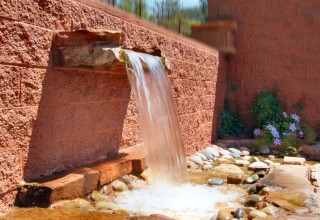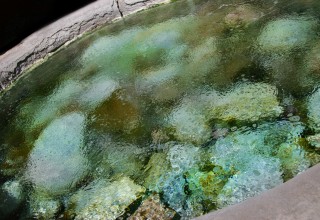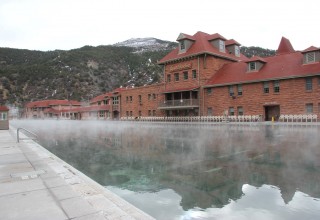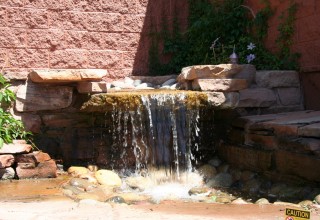Why Colorado is Hot Springs Country
Colorado has a geothermal motherlode of hot springs, including Glenwood Hot Springs Resort—one of the state's most famous geothermal destinations. Have you ever wondered what makes Colorado a hot bed of hot springs?
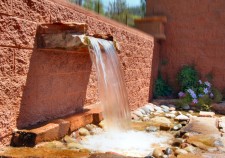
Why is it that there are some 93 developed and undeveloped hot springs in Colorado and exactly zero in Nebraska or Indiana? The answer has to do with our spectacular Rocky Mountains—the same geological forces that created the state’s spectacular ski resorts, rivers and alpine scenery, also produced an abundance of mineral hot springs.
Ancient history
Long before Colorado was a tourist destination, it was a shallow inland sea. Thanks to the shifting of land masses—a process called plate tectonics—the Rocky Mountains were created over three major mountain-building episodes from 170 to 40 million years ago—the Jurassic to Cenozoic Periods. All the shifting, uplifting, subduction and pressure caused faults and fractures deep within the Earth, the elemental components necessary in creating hot springs. That’s why you’ll generally only find geothermal springs in mountainous regions like Colorado and not in the Midwest.
Finding fault
Most naturally-occurring springs are cold, but in some lucky places like Colorado—they bubble to the surface at temperatures ranging from tepid to scalding. It’s a long, slow journey, however, from mountain-top to mantle, before Colorado’s geothermal water ever fills a pool.
It works like this: when rain falls on mountain peaks near the state’s geothermal regions, it seeps beneath the surface through porous rock, enabling it to percolate deep underground. On its downward journey through the rock, it picks up a variety of materials—everything from calcium to sulfur. As it moves deeper and is increasingly under pressure, the water becomes hotter as it travels ever closer to the earth’s mantle. Eventually, it encounters a large crack or thrust fault. The heated water travels along the fault line, eventually reaching the surface. The faster the water rises to the surface, the less time there is for it to lose its heat. There’s no chance of that at Glenwood Hot Springs Resort where the water reaches the surface at 122°F (51°C). For guest comfort, it’s cooled down to 104°F (40°C) for the Therapy Pool and 90°F (32°C) for the main pool.
Smell test
When you arrive in Glenwood Springs and at other hot springs destinations in Colorado, you may notice a distinctive odor, often described as “egg-like.” That smell is sulfur. It’s the result of harmless anaerobic bacteria converting some of the dissolved sulfur in the water to hydrogen sulfide. At Glenwood Hot Springs Resort, the pungent odor is most intense near the fenced-in area surrounding the source spring— where the spring water encounters oxygen for the first time. Fortunately, most people quickly acclimatize to the smell and locals don’t notice it at all!
Thanks to the awesome power of Mother Nature, Colorado and Glenwood Hot Springs Resort can continue to share its geothermal riches with one and all. Learn more and make lodging reservations at www.hotspringspool.com.
Categories: Vacations and Travel, Geology, Travel, Transportation, and Hospitality News
Tags: Colorado fault, Colorado hot springs, Colorado plate tectonics, Glenwood Hot Springs, Glenwood Springs, why do hot springs smell
Additional Images
Additional Links
Resort Trends, Inc. - tourism communications

